培生 Big Science 是由 培生教育集团(Pearson) 推出的面向 6-12岁儿童 的探究式科学课程,采用 CLIL(内容与语言整合学习) 方法,将 科学知识 与 英语语言学习 相结合。该课程旨在培养学生的 科学素养、批判性思维和动手能力,同时提升英语水平,适用于国际学校、双语学校及英语科学课程项目。
2. 课程框架
Big Science 共分为 6个级别(Level 1-6),对应小学1-6年级,每个级别包含:
-
学生用书(Student Book):主题式单元 + 实验活动 + 词汇与语法练习
-
练习册(Workbook):巩固练习 + 项目任务
-
教师用书(Teacher’s Book):教学指导 + 课堂活动方案 + 评估工具
-
数字资源(Digital Resources):互动课件、动画视频、在线评估
核心单元主题(以Level 3为例):
-
物质与材料(Materials)
-
力与运动(Forces and Motion)
-
生态系统(Ecosystems)
-
地球与太空(Earth and Space)
3. 课程特色
✅ 5E教学模式:
-
Engage(引入):通过问题或现象激发兴趣(如“为什么船能浮在水上?”)。
-
Explore(探索):学生动手实验(如制作简易浮沉子)。
-
Explain(解释):总结科学原理(浮力概念)。
-
Elaborate(拓展):联系实际应用(设计一艘载重船)。
-
Evaluate(评估):通过项目或测验检验学习成果。
✅ 语言与科学并重:
-
每单元标注 关键词汇(Glossary) 和 语法点(如比较级、被动语态)。
-
通过科学阅读(Non-fiction Texts)提升英语理解能力。
✅ 跨学科融合:
-
融入 数学(测量、数据分析)、工程(设计思维)、艺术(科学绘图)等内容。
✅ 差异化教学:
-
活动分为 基础、进阶、挑战 三级,适应不同学生水平。
4. 学习成果
完成课程后,学生能够:
-
掌握 生命科学、物理科学、地球科学 的核心概念。
-
运用 科学方法(观察、假设、实验、结论)解决问题。
-
熟练使用 科学英语术语(如evaporation, gravity)。
-
通过团队项目培养 沟通与合作能力。
5. 配套资源
-
Big Science Lab:在线虚拟实验室(模拟实验操作)。
-
ActiveTeach:互动白板软件(含动画、游戏、评估工具)。
-
分级读物(如《Science Readers》):拓展阅读材料。
6. 评估体系
-
形成性评估:课堂观察、实验报告、小组项目。
-
总结性评估:单元测验、学期考试。
-
Pearson English Benchmark:可选英语水平测试(对标CEFR)。
7. 适用群体
-
国际学校学生:系统学习英语科学课程。
-
计划留学家庭:提前适应英语学术环境。
-
英语培训机构:作为STEM课程补充。
8. 与其他科学课程对比
| 维度 | Big Science | 剑桥Primary Science | 美国NGSS |
|---|---|---|---|
| 方法论 | 5E探究式 | 螺旋式进阶 | 三维学习(实践+概念) |
| 语言支持 | 强(专为EFL学生设计) | 中等 | 弱(需额外语言辅助) |
| 评估方式 | 项目+考试 | Checkpoint考试 | 州标准化测试 |
总结
Big Science 以 “做中学” 为核心,通过生动实验和跨学科项目,让儿童在掌握科学知识的同时成为自信的英语使用者,是衔接国际中学科学课程(如iGCSE)的理想选择。
Pearson Big Science is an inquiry-based science program developed by Pearson Education for children aged 6-12. It adopts the CLIL (Content and Language Integrated Learning) approach, combining scientific knowledge with English language acquisition. Designed to cultivate scientific literacy, critical thinking, and hands-on skills, it also enhances English proficiency, making it suitable for international schools, bilingual programs, and English-based science curricula.
2. Curriculum Structure
Big Science consists of 6 levels (Level 1–6), corresponding to Grades 1–6. Each level includes:
-
Student Book: Thematic units + experiments + vocabulary & grammar exercises
-
Workbook: Reinforcement activities + project tasks
-
Teacher’s Book: Lesson plans + classroom activities + assessment tools
-
Digital Resources: Interactive presentations, animated videos, online assessments
Sample Unit Themes (Level 3 Example):
-
Materials and Matter
-
Forces and Motion
-
Ecosystems
-
Earth and Space
3. Key Features
✅ 5E Instructional Model:
-
Engage: Spark curiosity with real-world questions (e.g., “Why do boats float?”).
-
Explore: Hands-on experiments (e.g., building a simple Cartesian diver).
-
Explain: Introduce scientific principles (e.g., buoyancy).
-
Elaborate: Apply knowledge (e.g., designing a cargo boat).
-
Evaluate: Assess learning through projects or quizzes.
✅ Dual Focus on Science & Language:
-
Highlights key vocabulary (Glossary) and grammar (e.g., comparatives, passive voice).
-
Enhances English via non-fiction science texts.
✅ Interdisciplinary Integration:
-
Connects with math (measurements, data analysis), engineering (design thinking), and art (scientific illustrations).
✅ Differentiated Instruction:
-
Activities tiered as Basic, Intermediate, and Advanced to accommodate diverse learners.
4. Learning Outcomes
Upon completion, students will:
-
Grasp core concepts in life, physical, and earth sciences.
-
Apply the scientific method (observe, hypothesize, experiment, conclude).
-
Use scientific English terminology (e.g., evaporation, gravity) confidently.
-
Develop collaboration and communication skills through group projects.
5. Supplementary Resources
-
Big Science Lab: Online virtual lab for simulated experiments.
-
ActiveTeach: Interactive whiteboard software (animations, games, assessments).
-
Graded Readers (e.g., Science Readers): Extended reading materials.
6. Assessment System
-
Formative: Classroom observations, lab reports, group projects.
-
Summative: Unit tests, end-of-term exams.
-
Pearson English Benchmark: Optional English proficiency test (aligned with CEFR).
7. Target Audience
-
International school students: Structured English-medium science education.
-
Families planning overseas studies: Prepares for academic English environments.
-
Language institutes: Complements STEM-focused English programs.
8. Comparison with Other Science Curricula
| Aspect | Big Science | Cambridge Primary Science | U.S. NGSS |
|---|---|---|---|
| Methodology | 5E Inquiry-Based | Spiral Progression | 3D Learning (Practices + Concepts) |
| Language Support | Strong (EFL-friendly) | Moderate | Weak (Requires additional ESL support) |
| Assessment | Projects + Exams | Checkpoint Tests | State Standardized Tests |
Conclusion
Big Science centers on “learning by doing,” using engaging experiments and cross-disciplinary projects to equip young learners with scientific knowledge and English fluency. It serves as an ideal bridge to secondary science curricula (e.g., iGCSE) in global education systems.

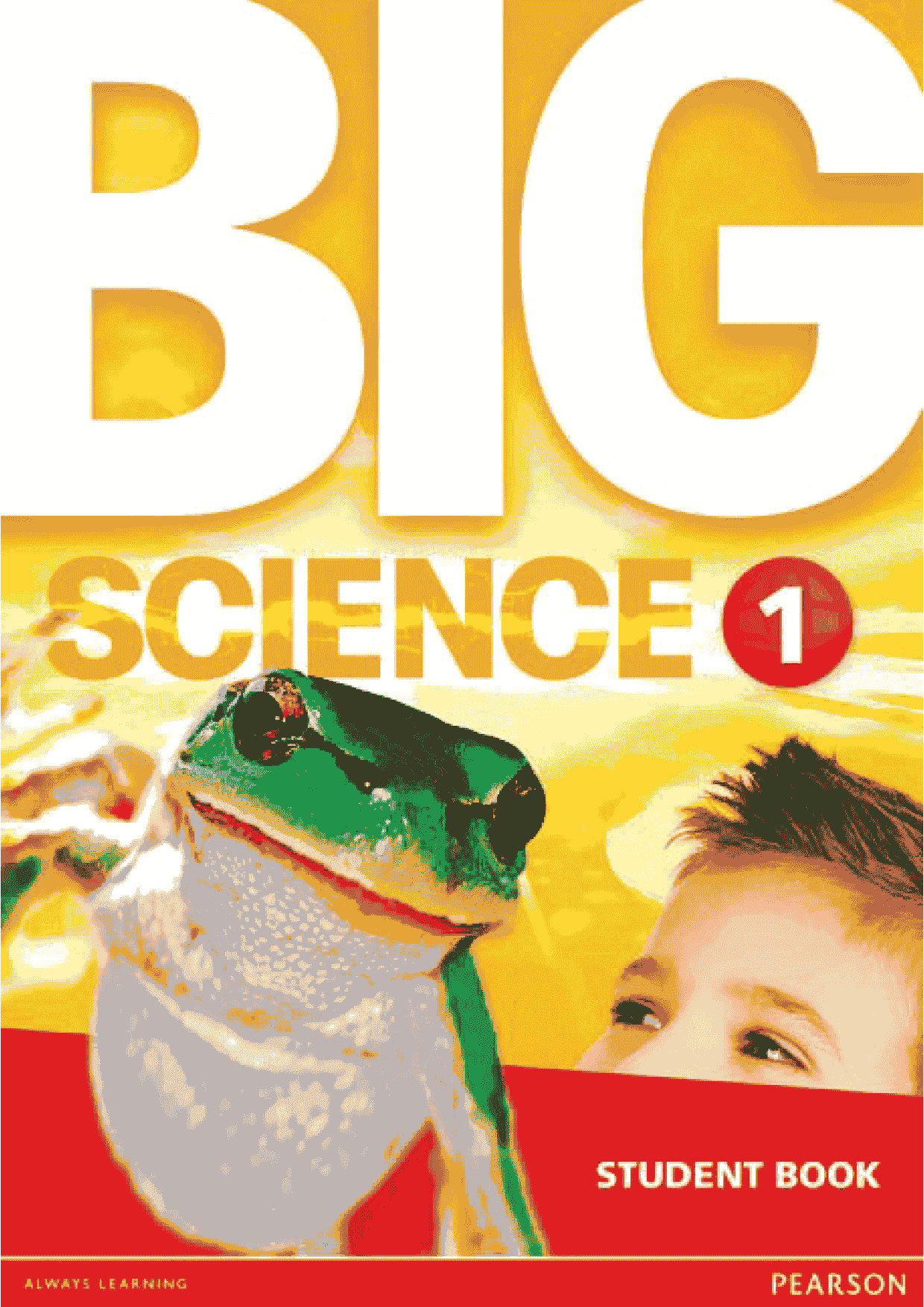
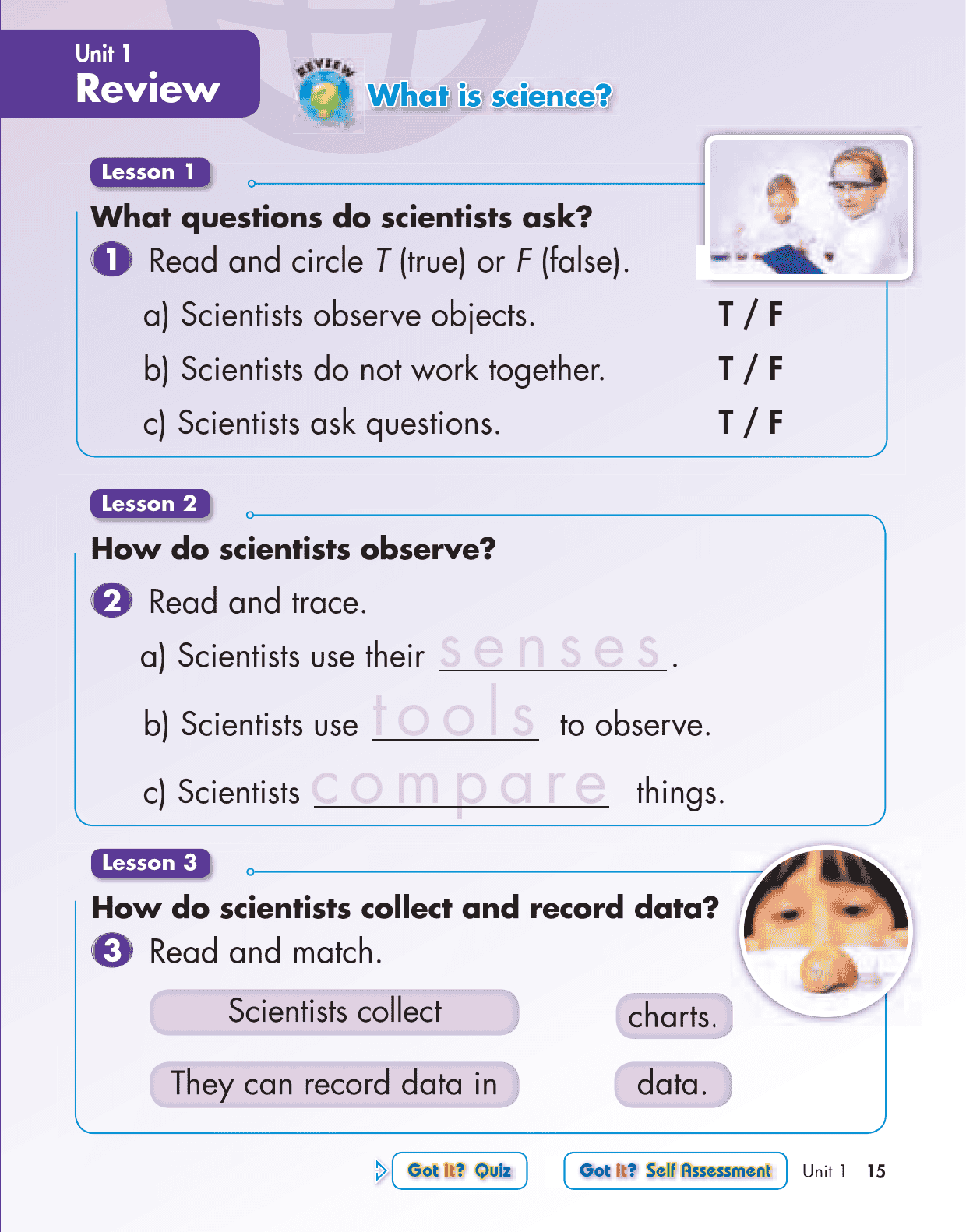
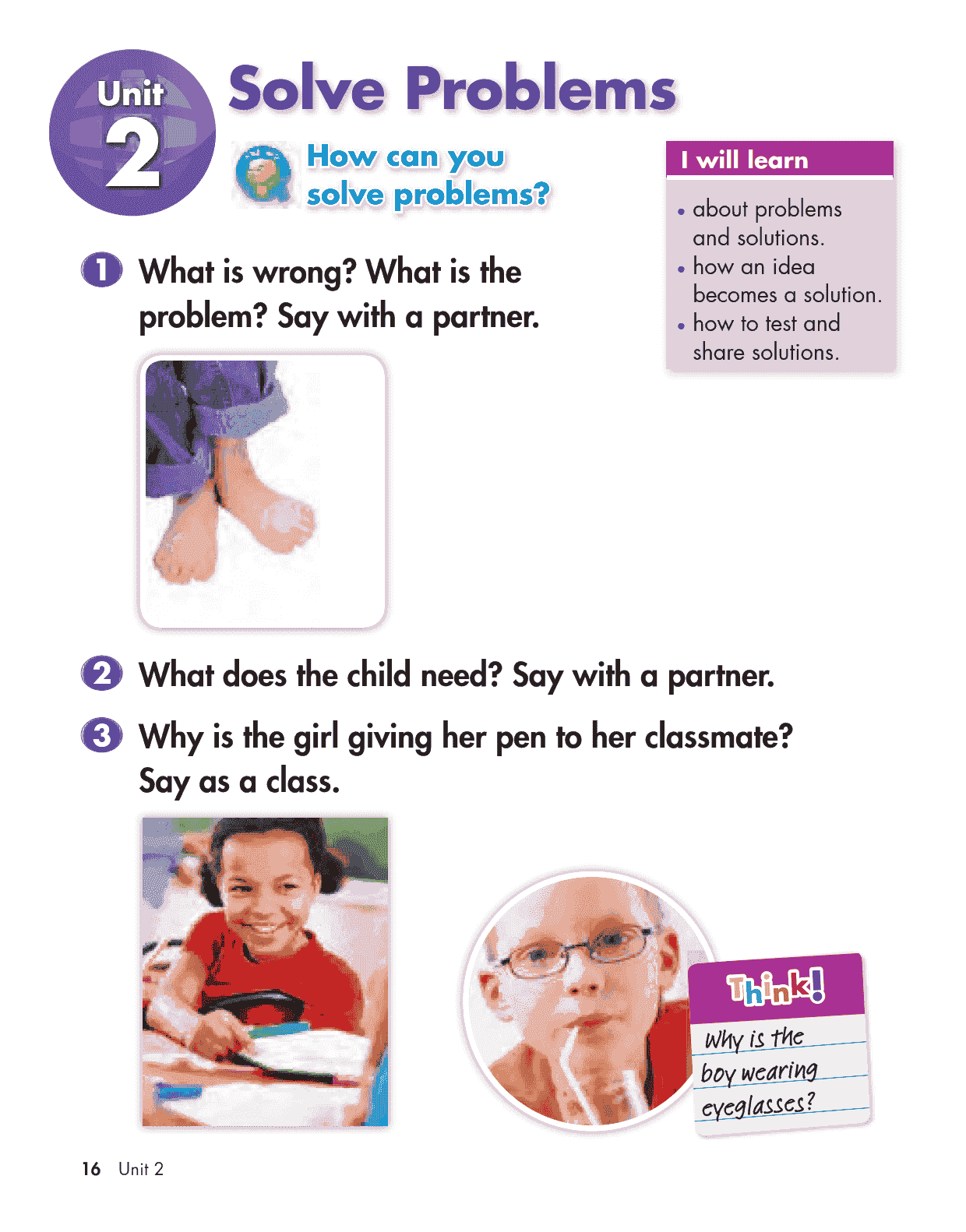
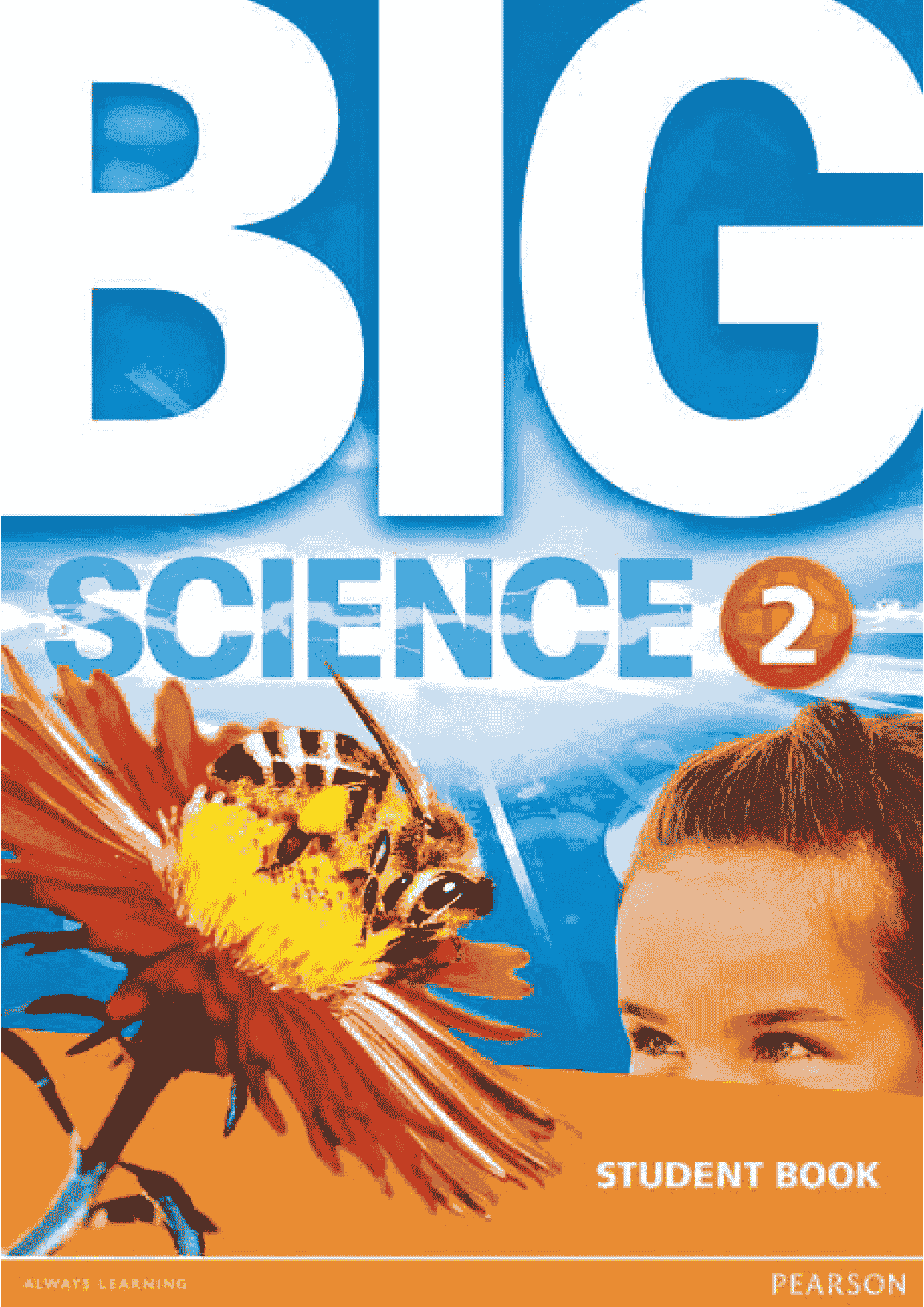

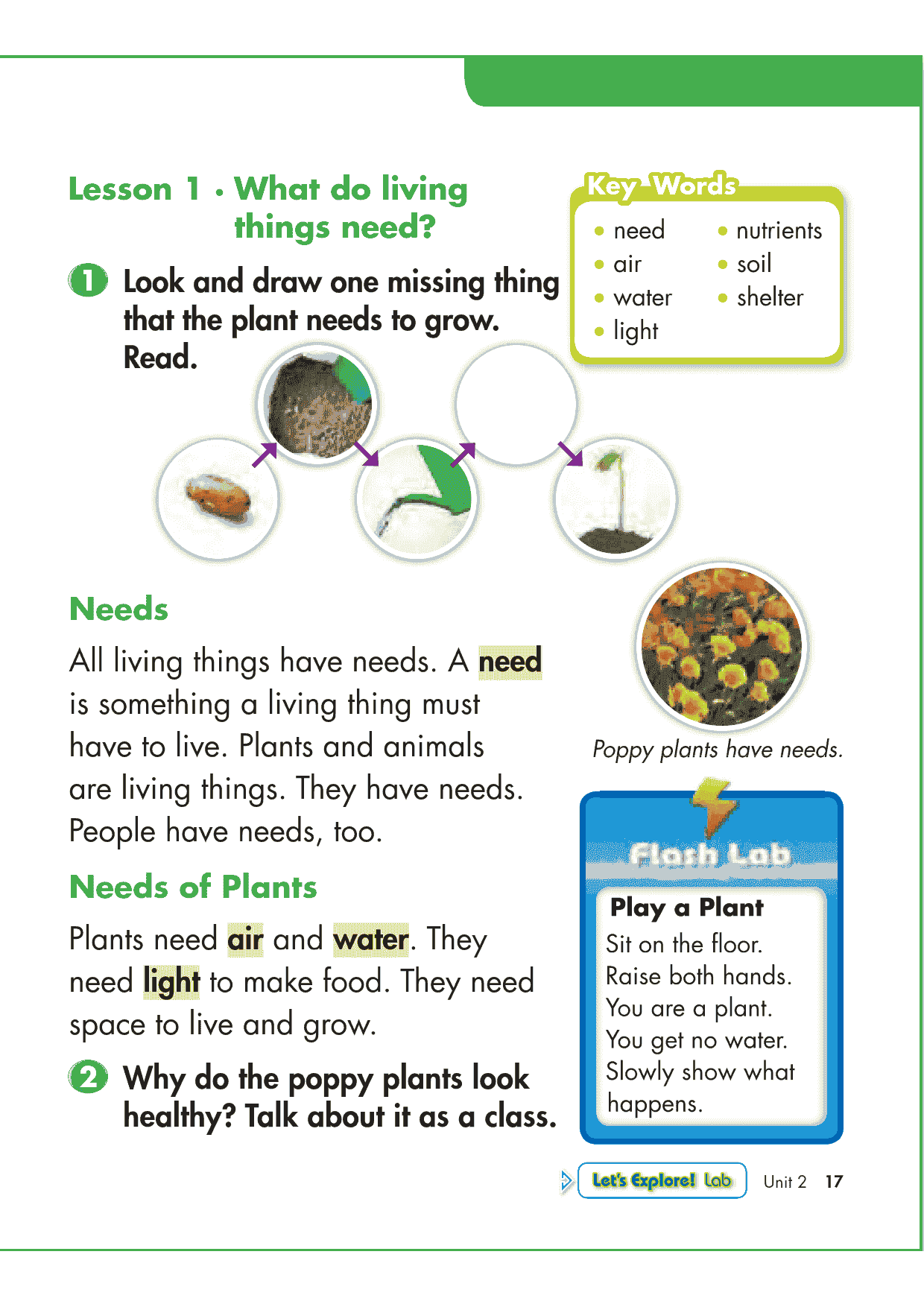
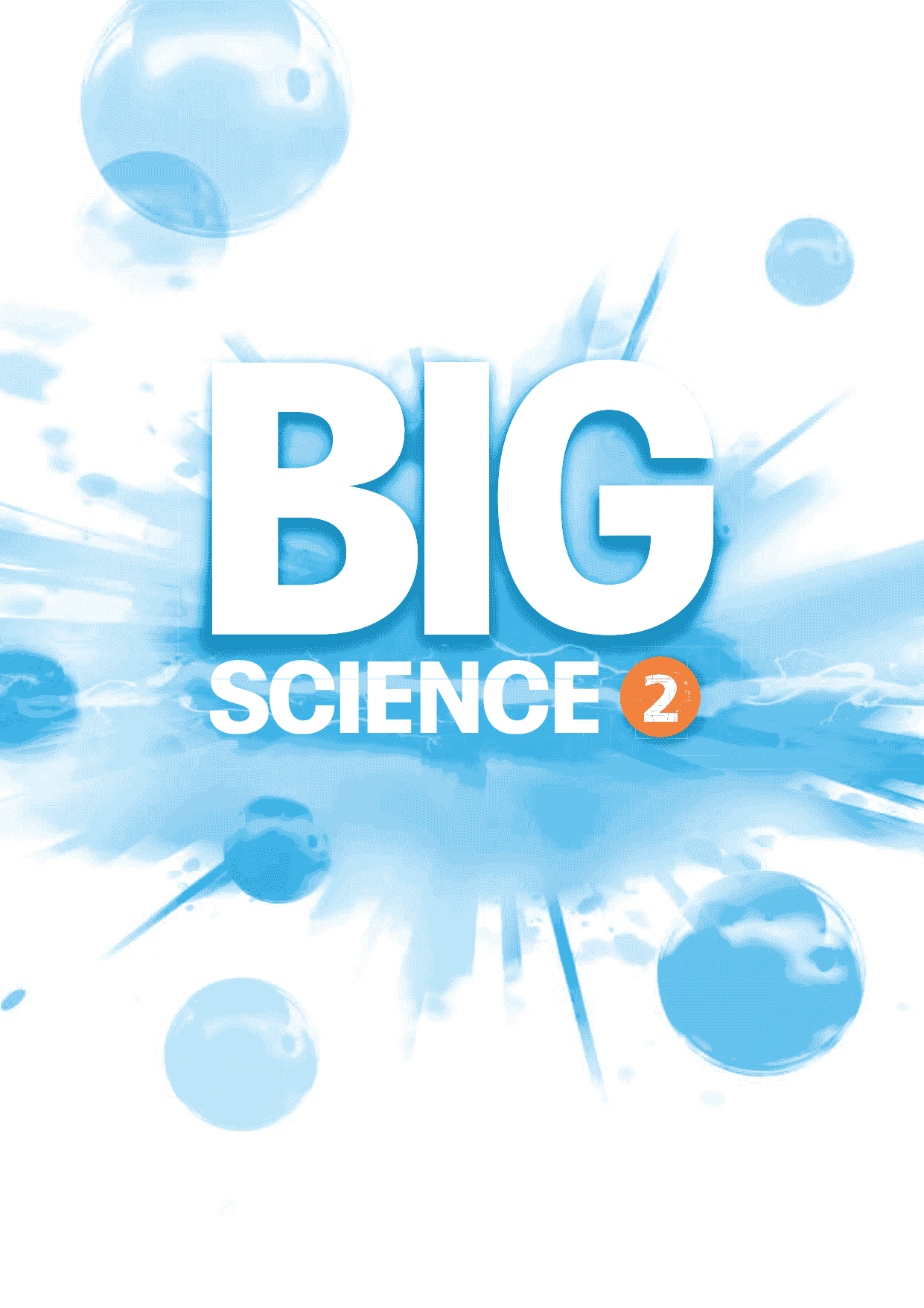
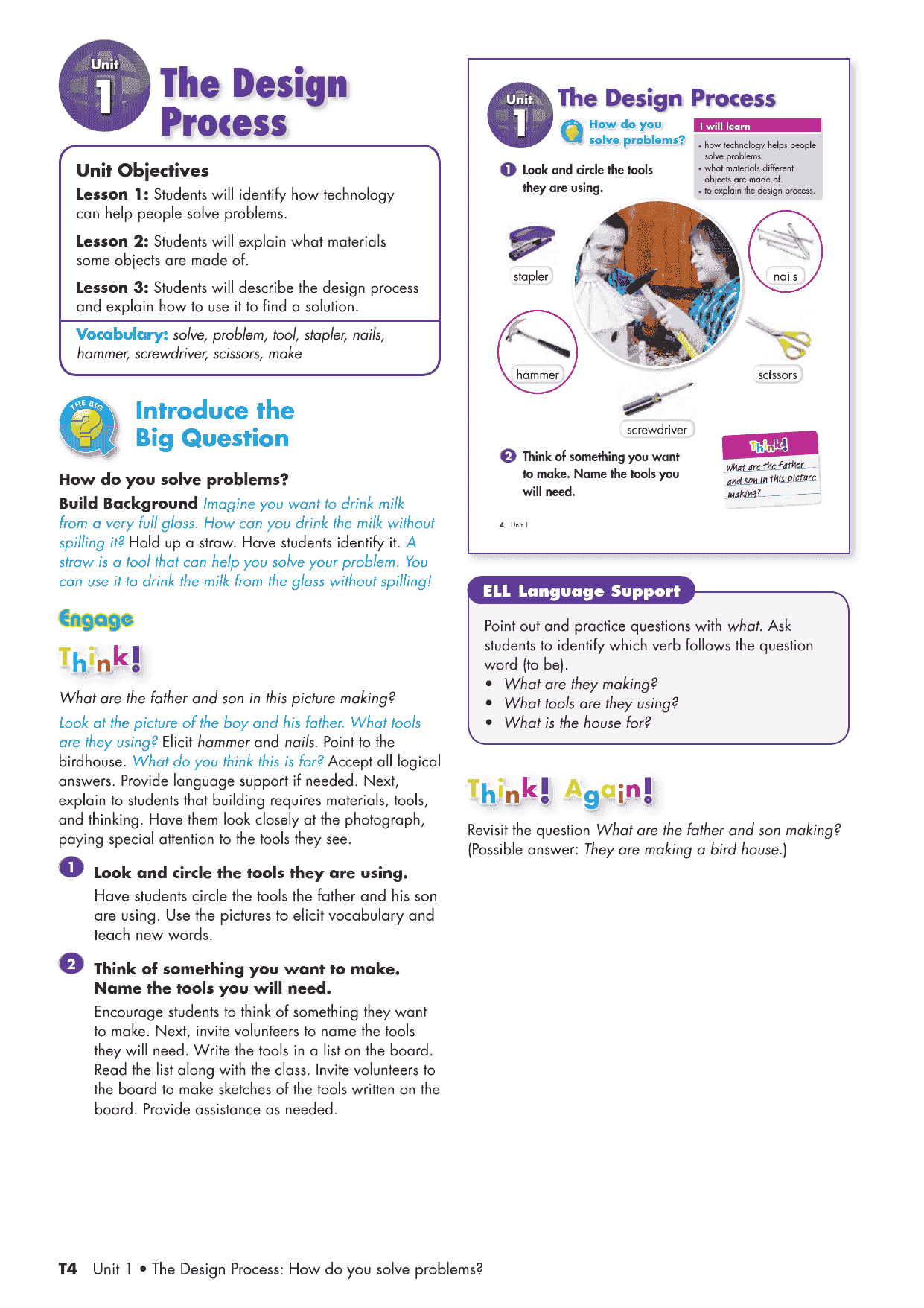
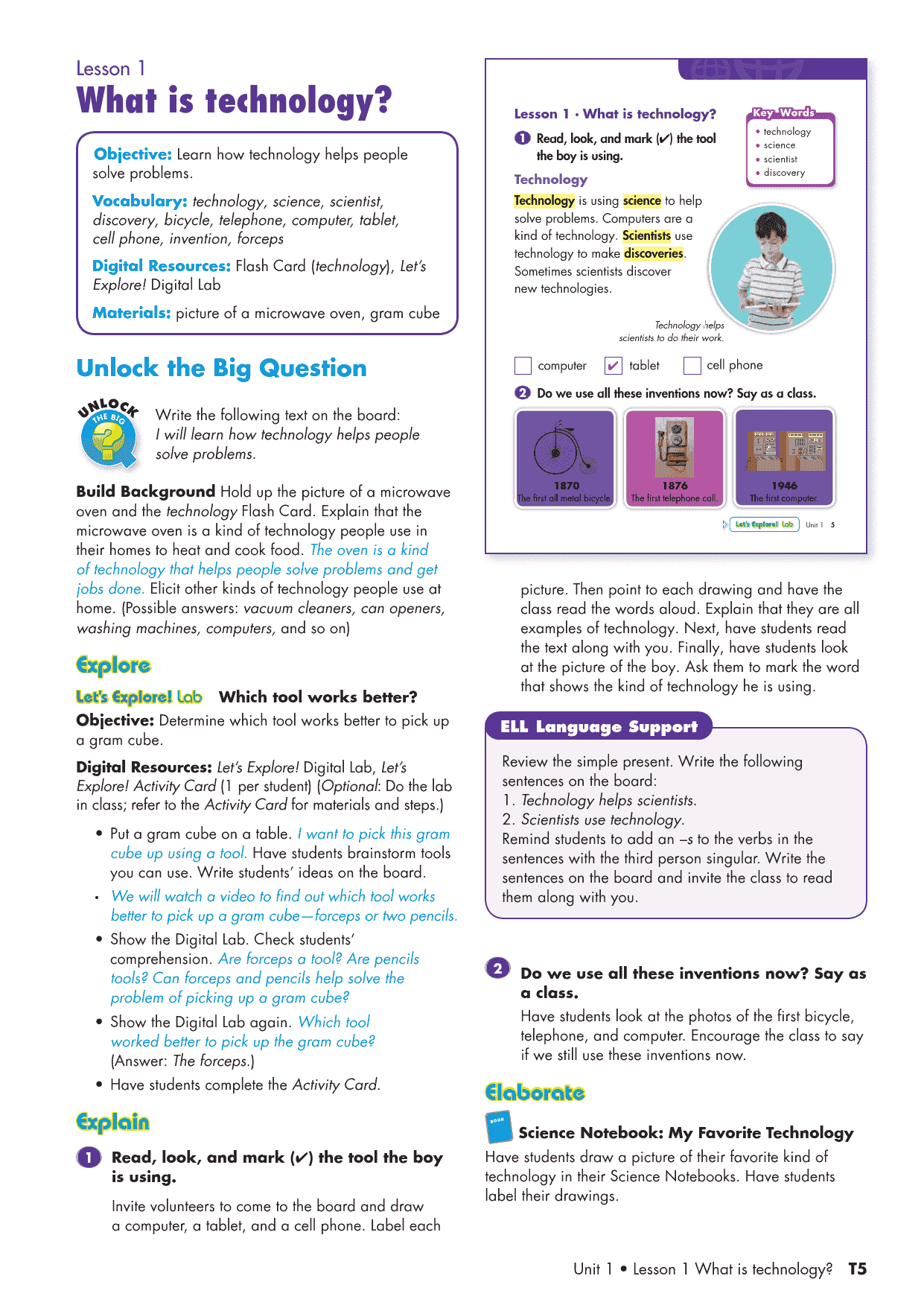
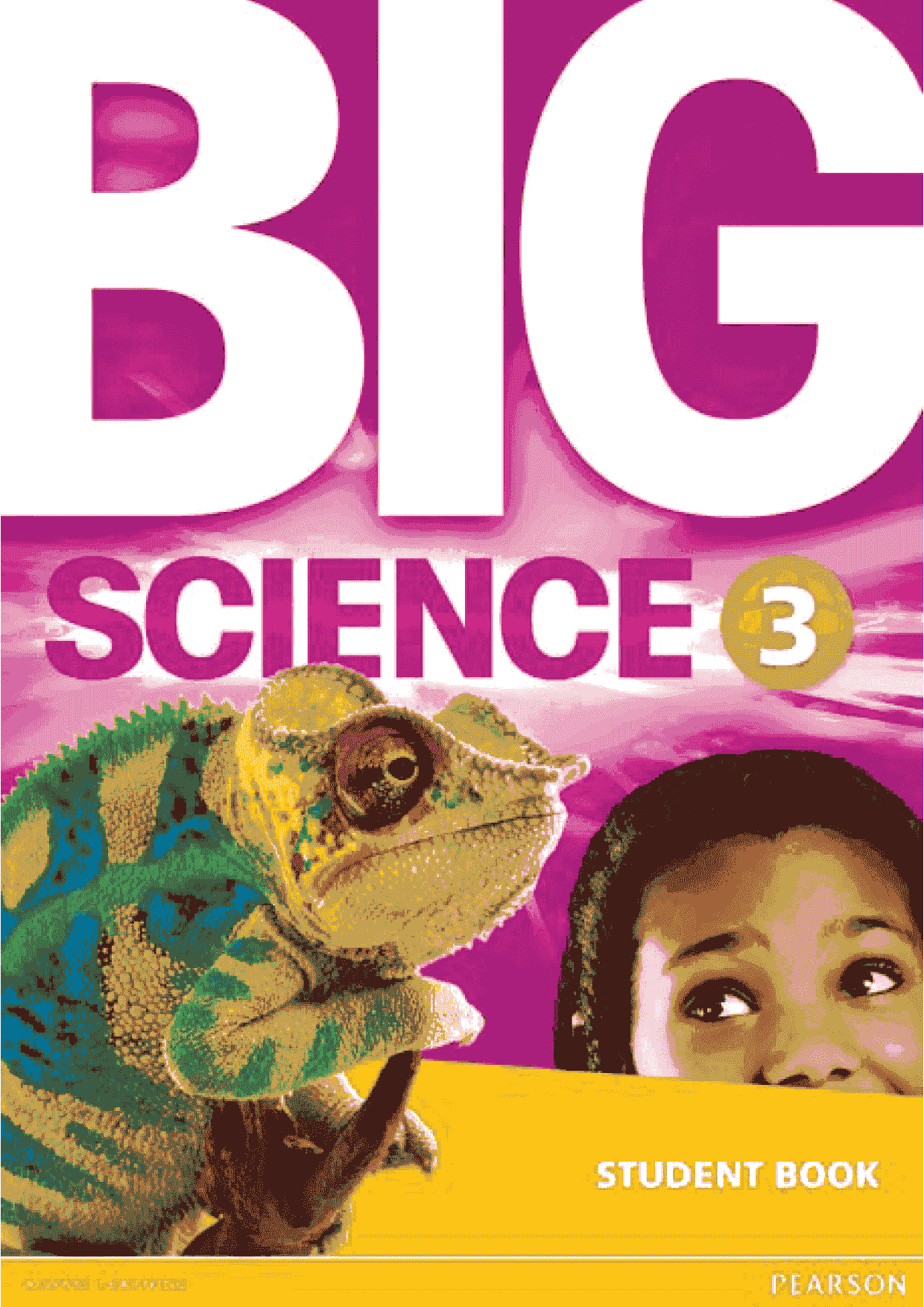
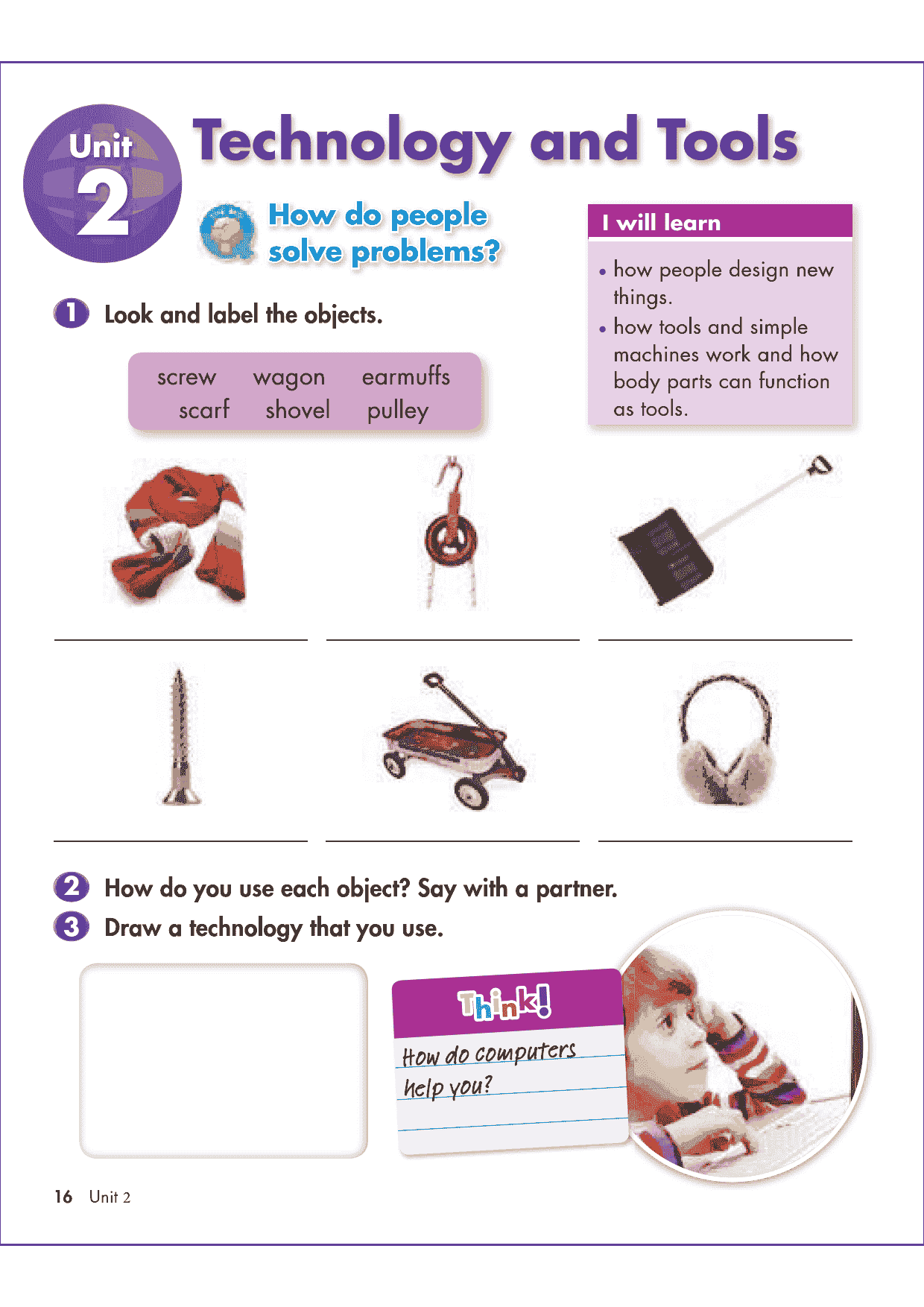
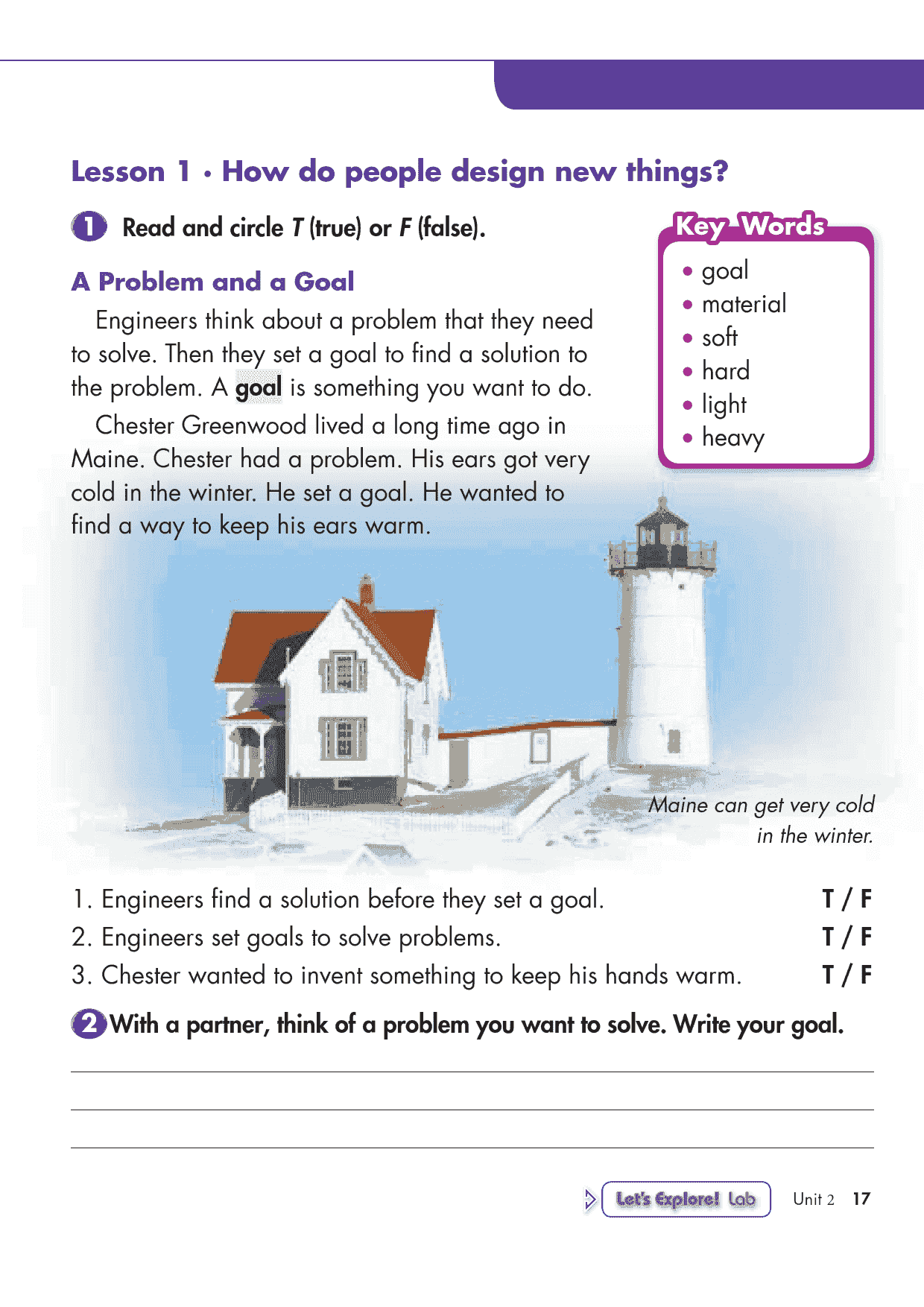
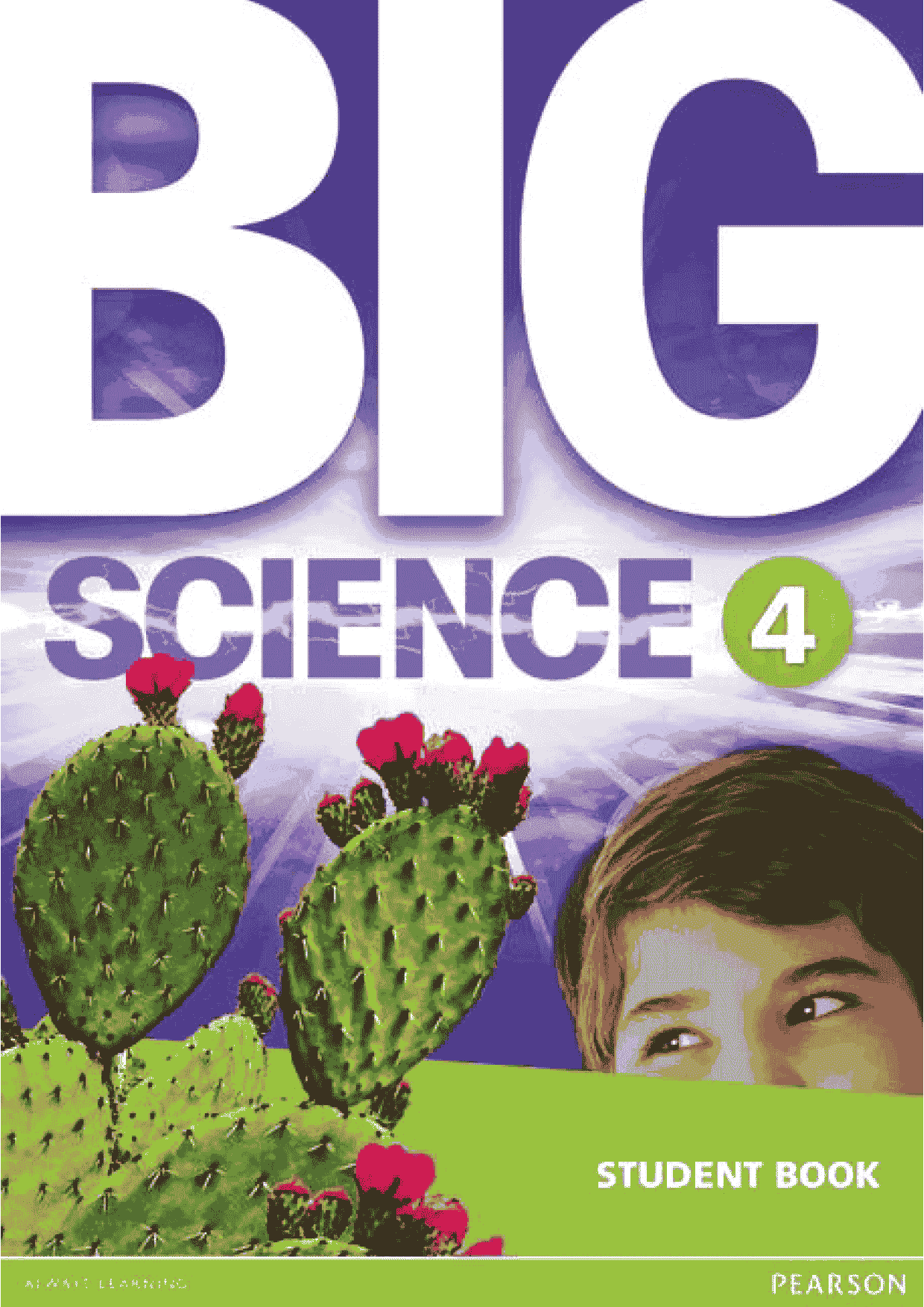
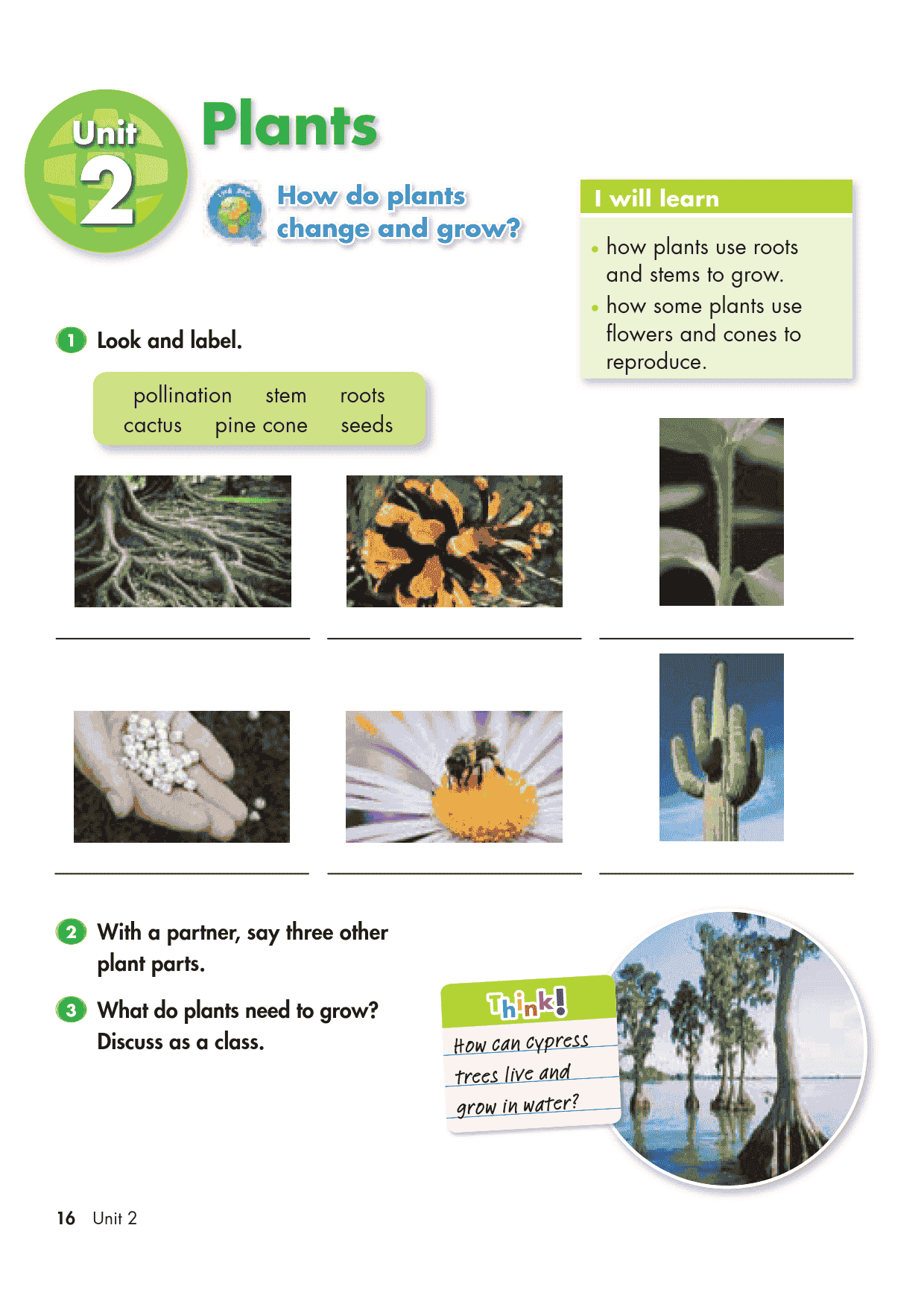
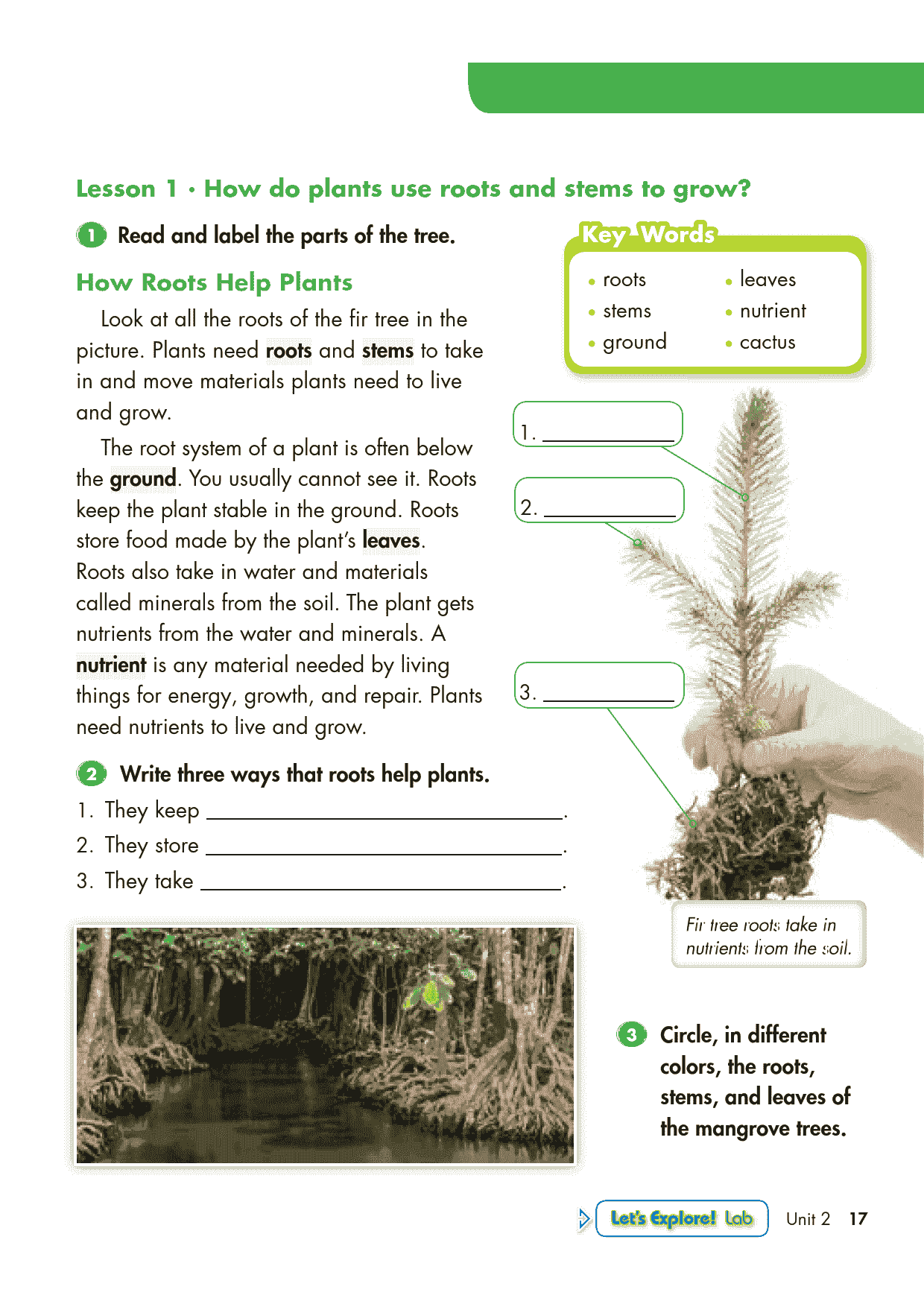
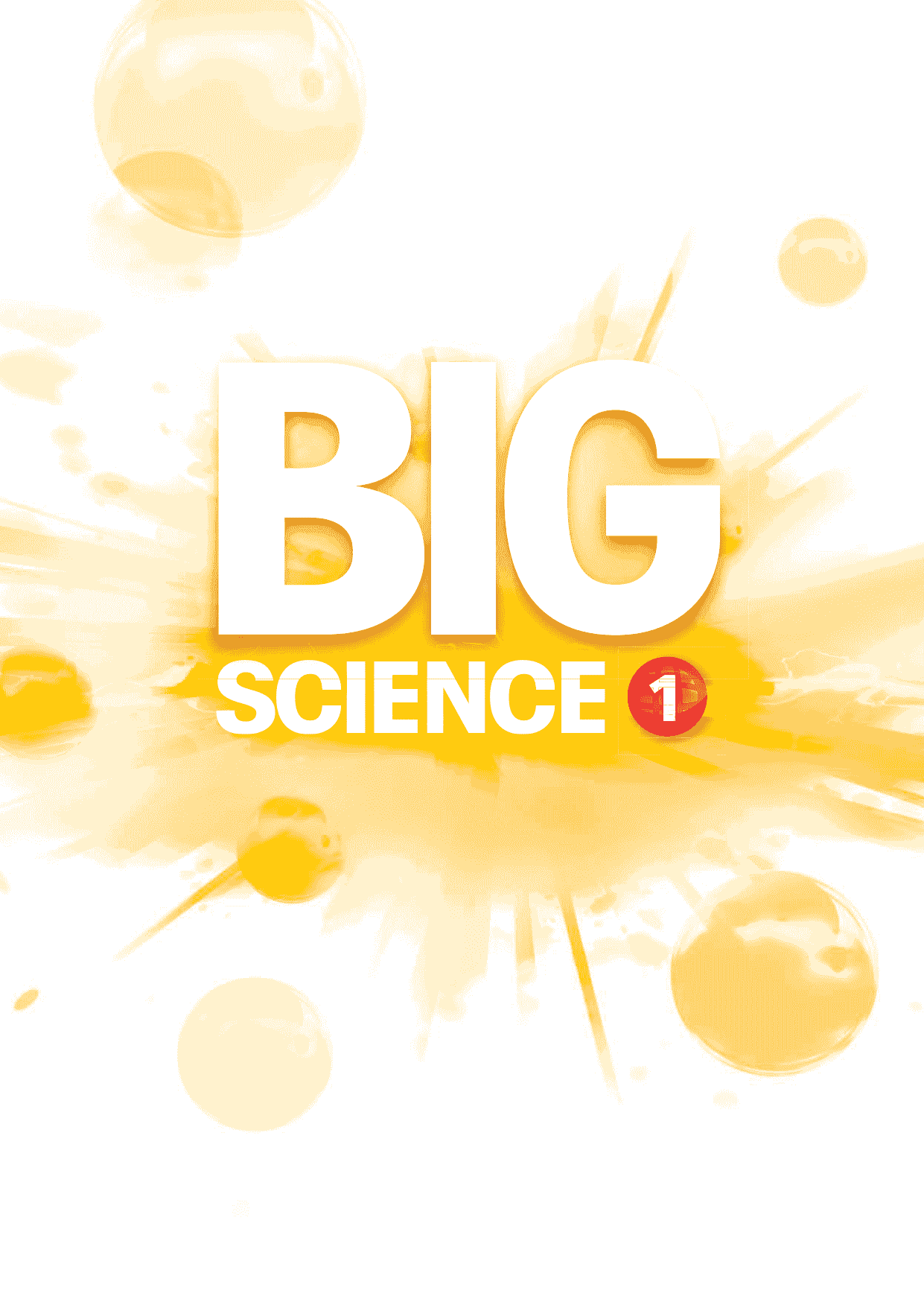
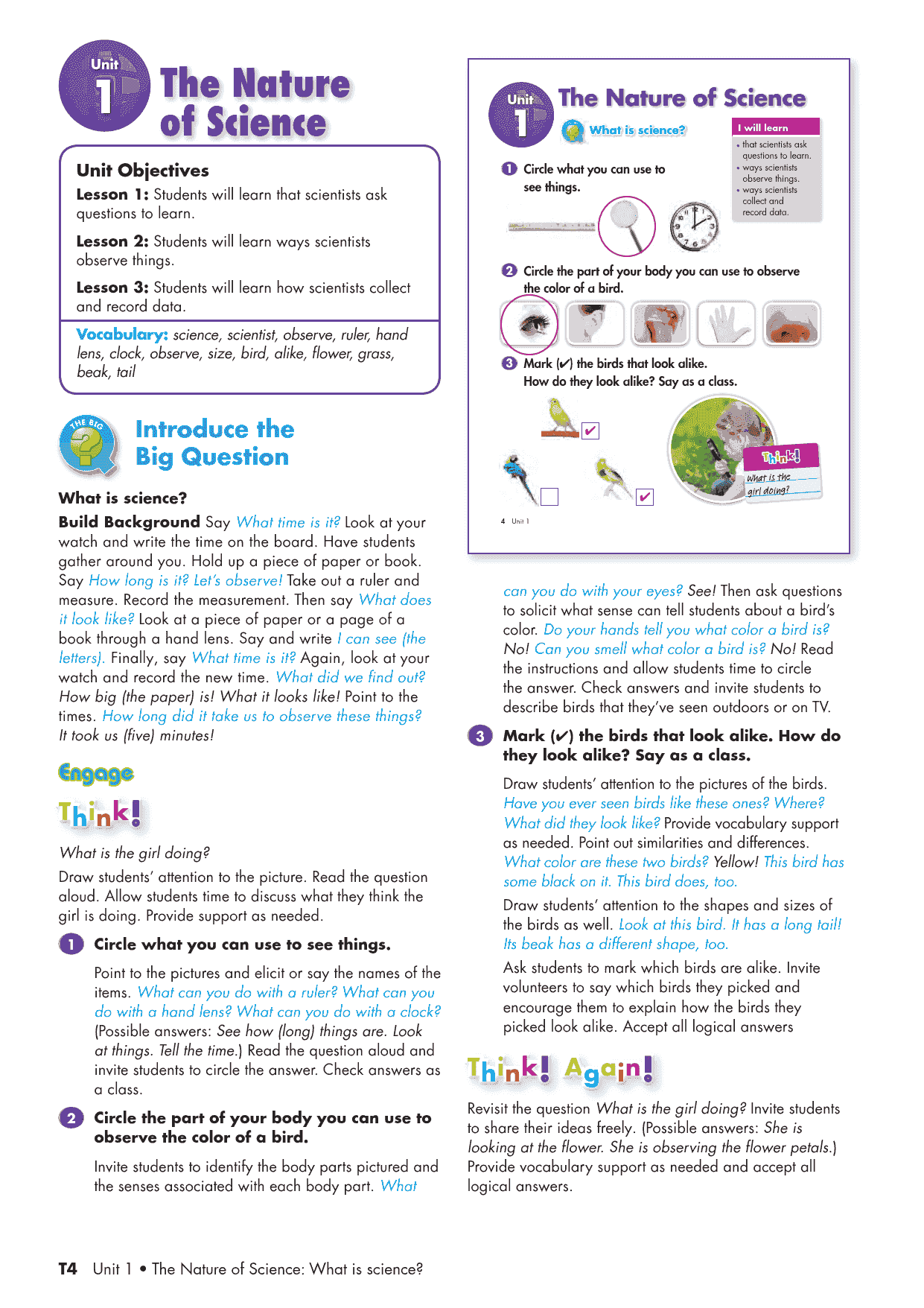
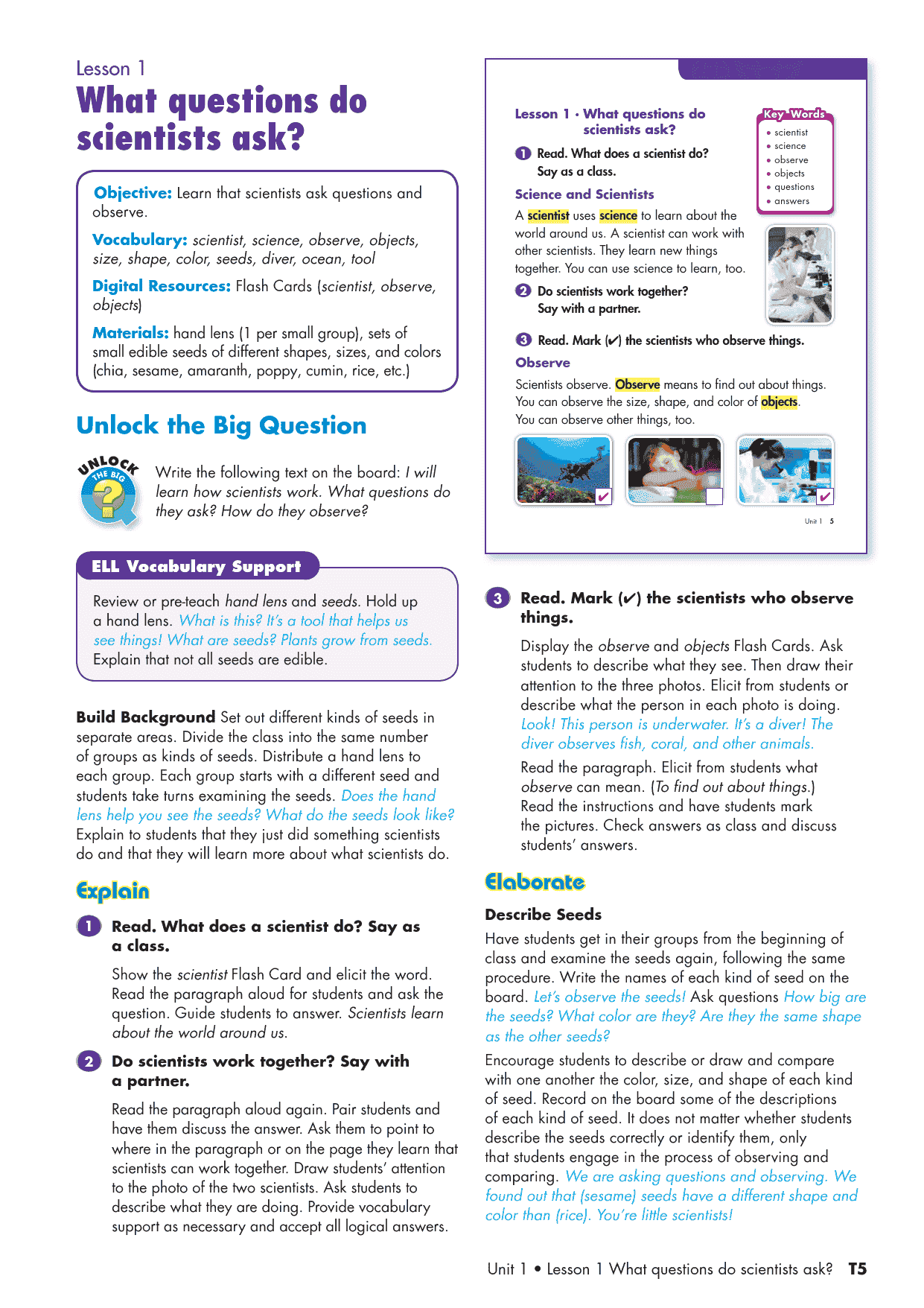
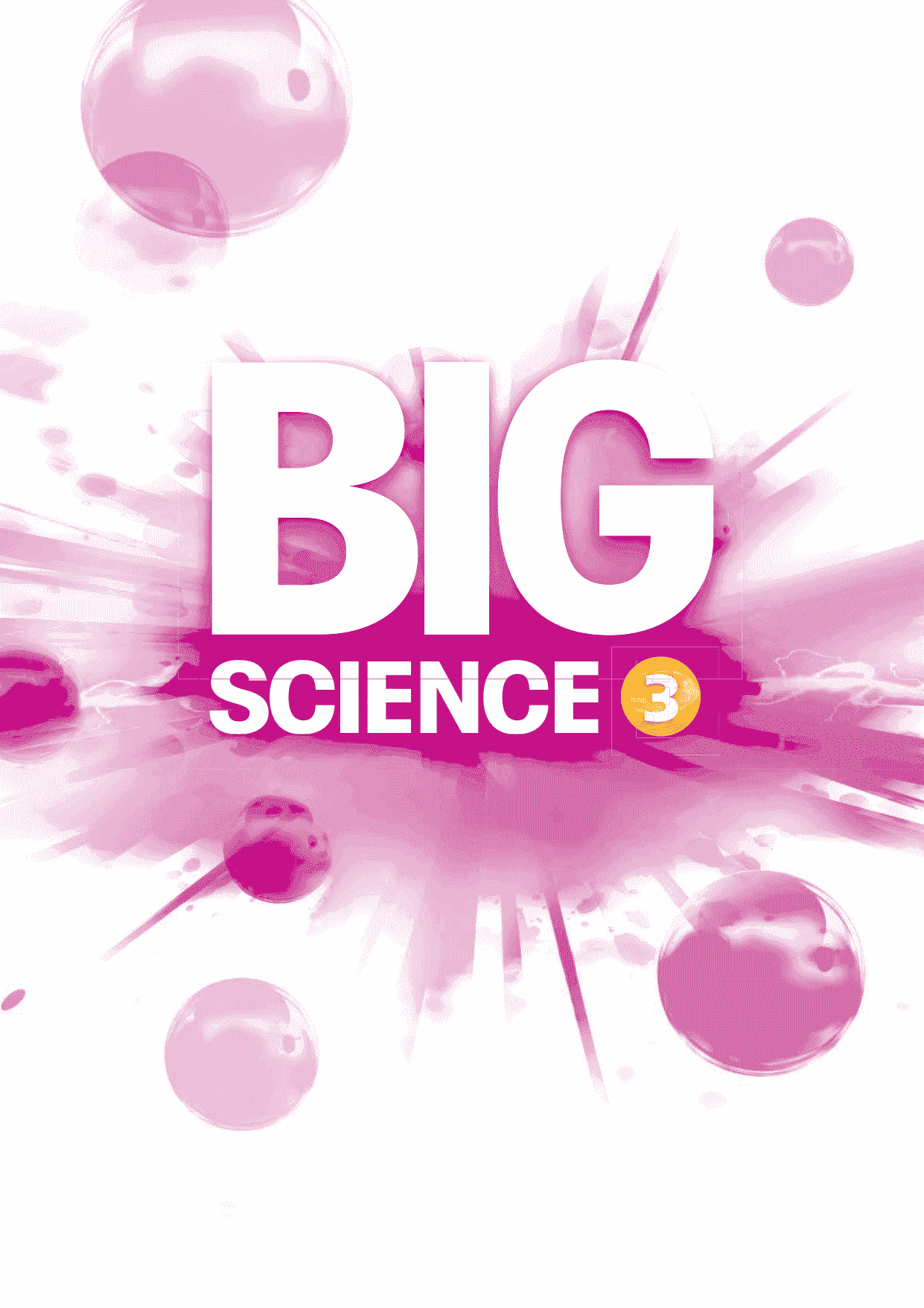
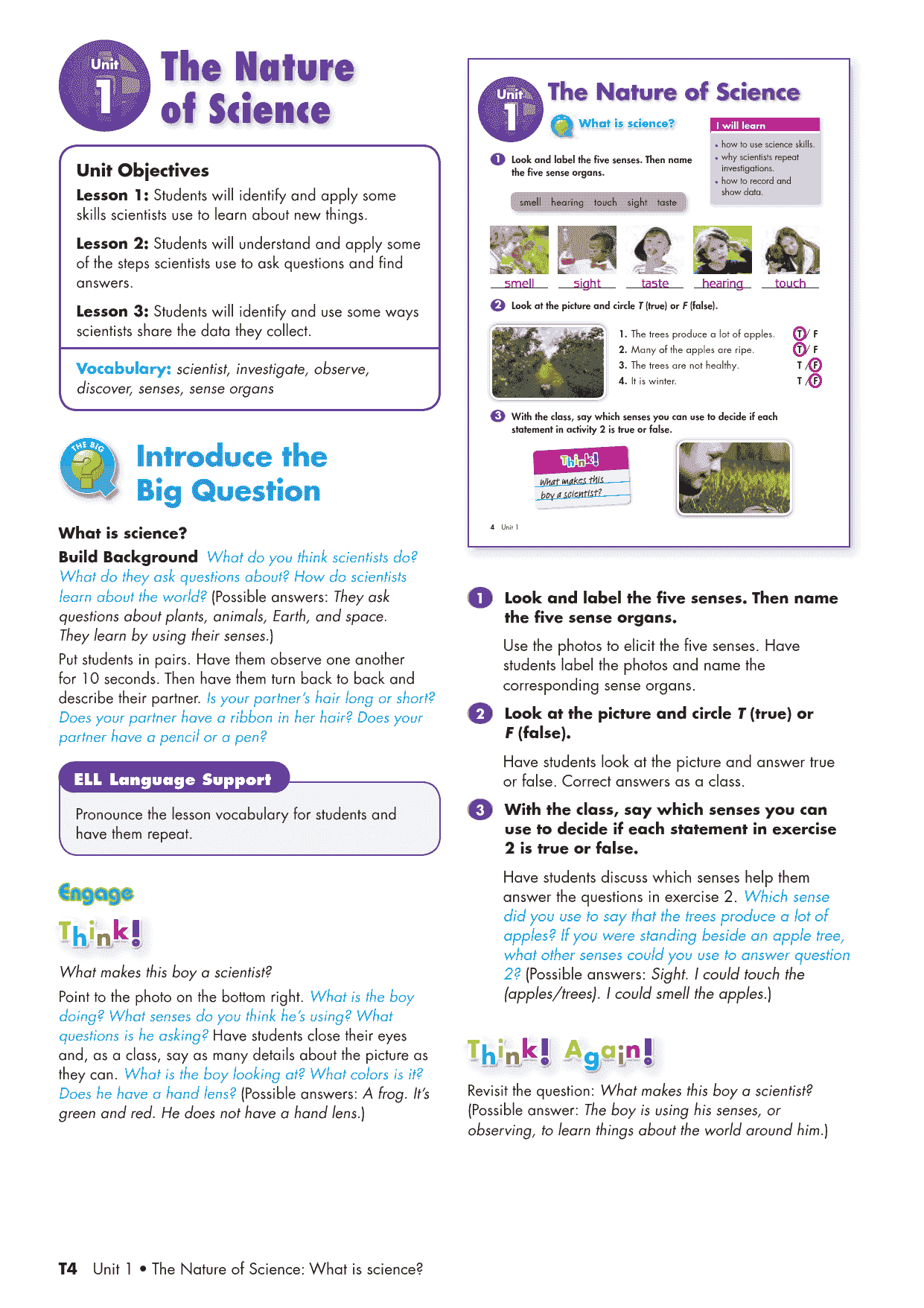
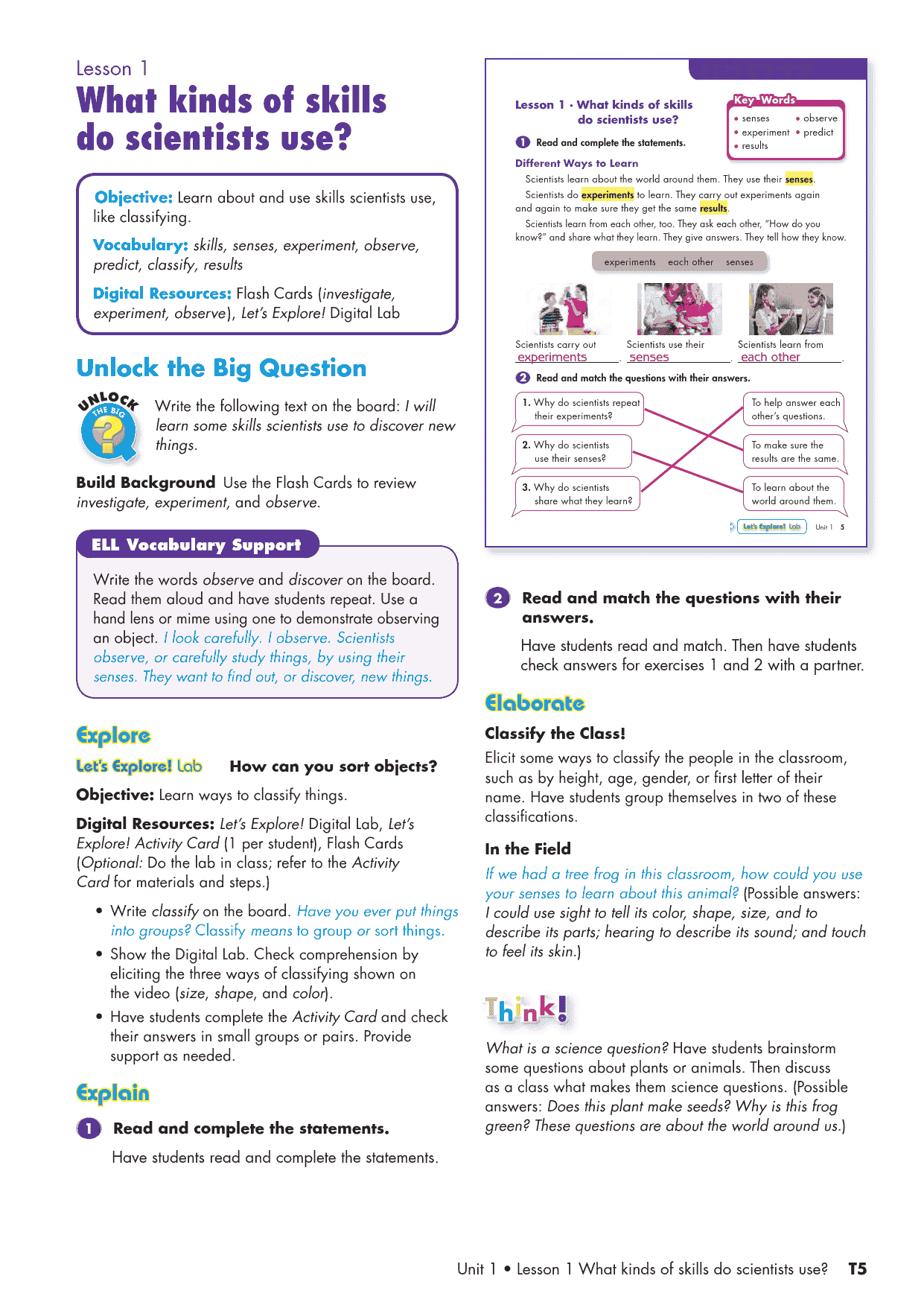
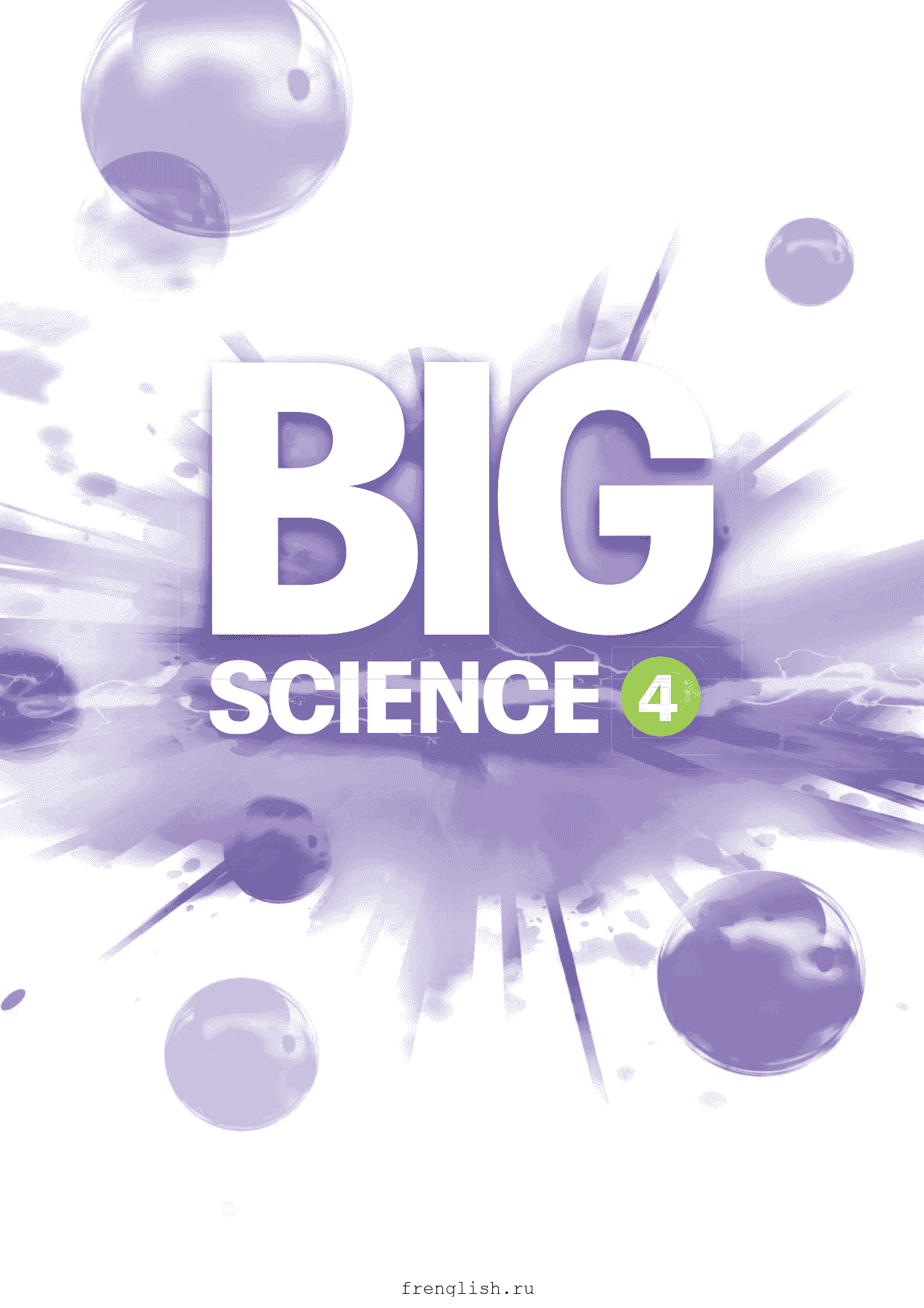
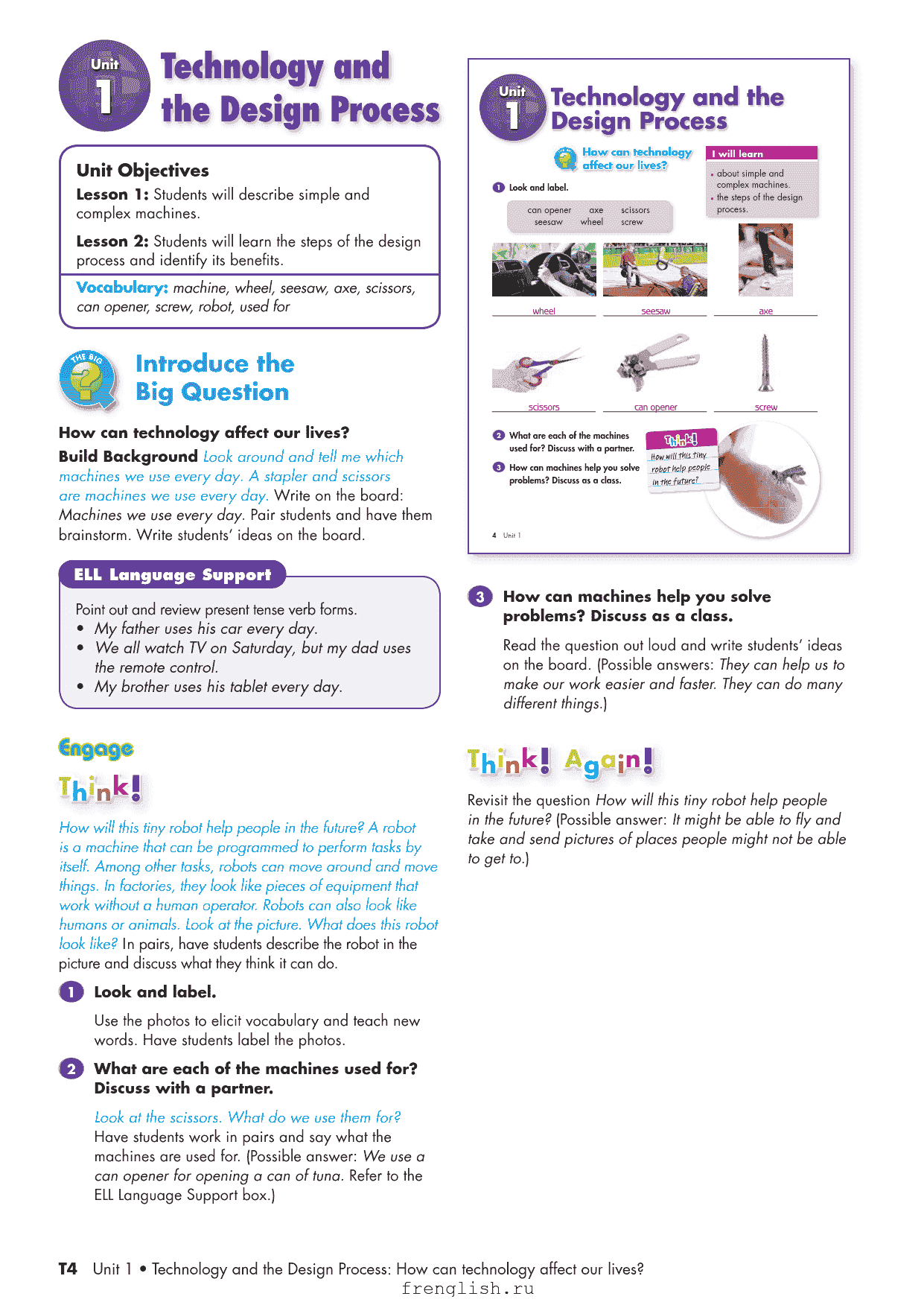
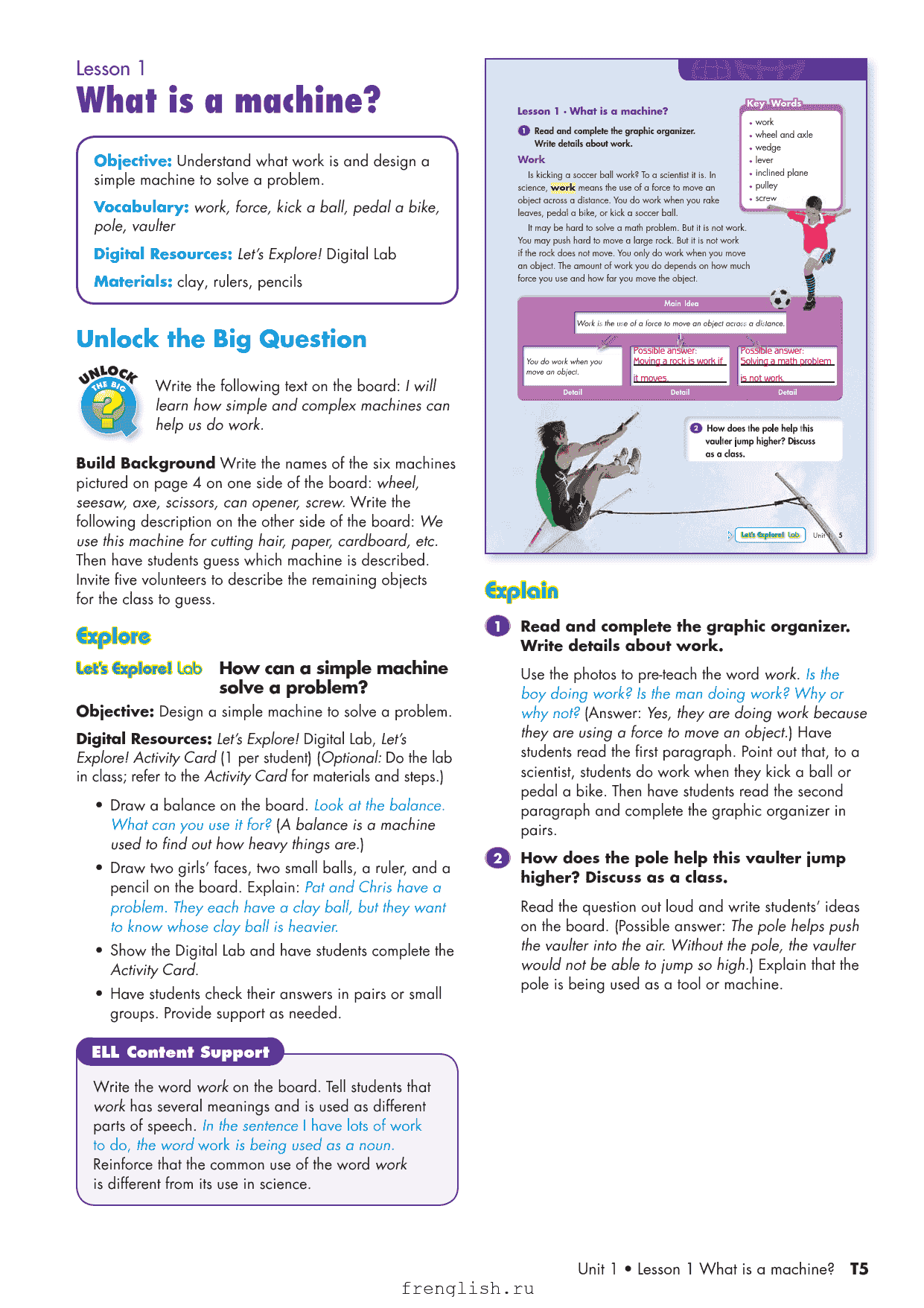
评论(0)